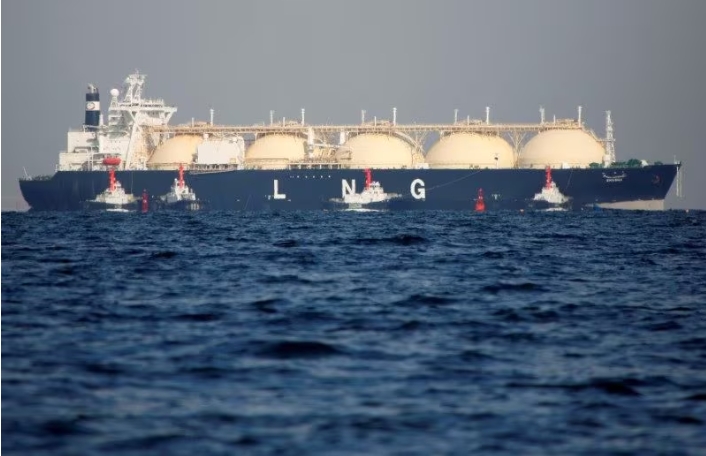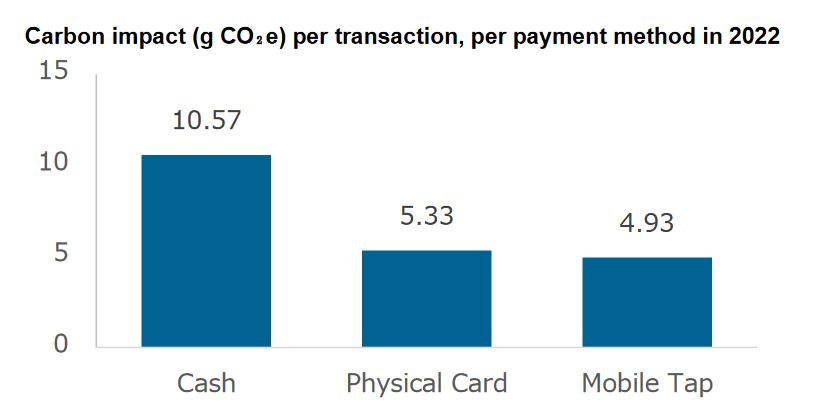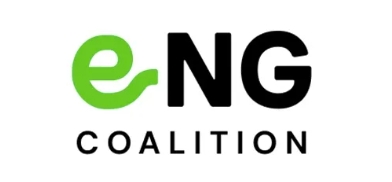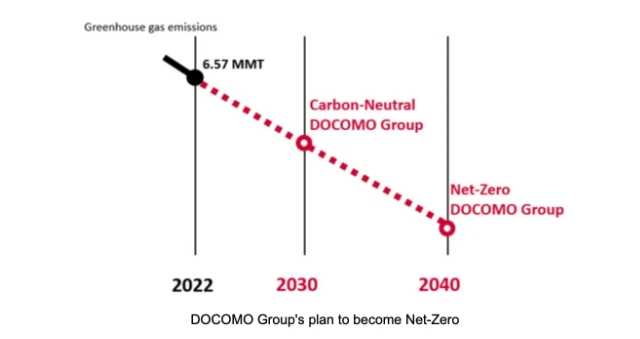
The average LNG price for January delivery into north-east Asia fell 6% to $15.7 per million British thermal units (mmBtu), the lowest since mid-October, industry sources estimated.
"Rates in Asia and notably Europe continue to slide. Demand has remained weak across all players," said Toby Copson, head of energy, APAC, at commodities broker Marex.
"It's clear weather and industrial demand hasn't brought any urgent covering going in to winter which doesn't set a good precedent for a bullish outlook," Copson added.
Samuel Good, head of LNG pricing at commodity pricing agency Argus said that despite low overnight temperatures, end-users across northeast Asia have largely stayed away from the spot market, relying instead on term supply or spot cargoes secured before winter, aided in part by daytime temperatures that have held closer to seasonal norms or even above them.
Good added gas-fired generation is being squeezed out of the generation mix by an increase in nuclear output.
Meanwhile, global supply is improving after the end of maintenance at a Qatargas plant and at Australia's Prelude facility. This is in addition to the return of Egypt's LNG exports after a halt in the immediate period following the outbreak of conflict in Gaza, according to Alex Froley, LNG analyst at data intelligence firm ICIS.
"The boosts from Qatar, Egypt and Australia offer improved supply potential over coming weeks. That has helped pull near-term prices lower, despite the onset of colder weather in Europe that has increased the draw-down of underground storage reserves and helped use up the queue of floating storage cargoes that had earlier been building up around European shores," Froley said.
While European gas storage levels have started to fall, they are still at record highs for this time of the year, at around 95.9% full, reducing the risk of the region running short over winter as a whole, Froley added.
Argus' Good said the sendout from European LNG terminals into the grid has been quick, in response to the higher consumption being driven by the ongoing cold weather.
"But cargo availability in the wider Atlantic basin remains high, with only a few firms facing an incentive to redirect loadings away from Europe and to northeast Asia instead," Good said.
S&P Global Commodity Insights assessed its daily northwest Europe LNG Marker (NWM) price benchmark for cargoes delivered in January on an ex-ship (DES) basis at $12.46/mmBtu on Nov. 30, a $0.87/mmBtu discount to the January gas price at the Dutch TTF hub.
"Northwest Europe's LNG prices were pressured over the week shedding almost 13%, or $1.828/mmBtu, since Nov. 23 to near 2 -month lows," said Karim El Afany, managing editor of S&P's Atlantic LNG.
Argus assessed the price at $12.70/mmBtu, while Spark Commodities assessed it at $12.689/mmBtu.
Spot LNG freight rates declined this week, with the Atlantic rates falling to $155,250/day on Friday, while the Pacific rate rose to 141,000/day, said Qasim Afghan, an analyst at Spark Commodities.







